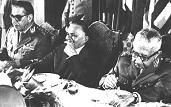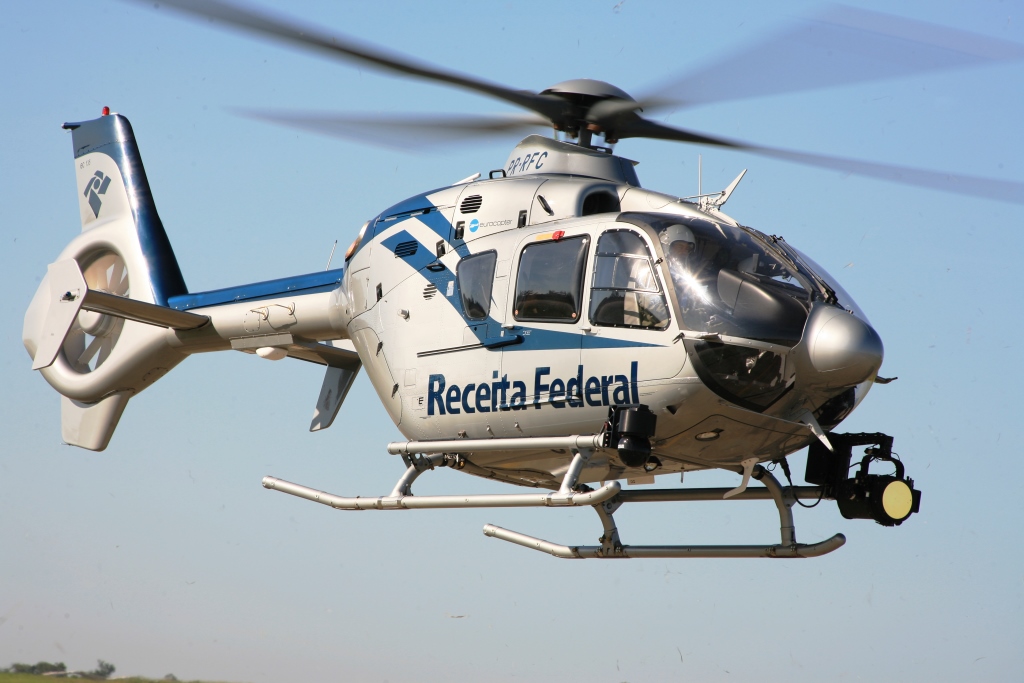Como se sabe, as plataformas navais, tal como os aviões de projecção e transporte estratégico (C-130, C-17, C-5, ou os russos Ant.124), são por definição máquinas de projecção de poder, tão ou mais importantes para os dias de hoje que os navios de combate, como sejam as fragatas, destroiers ou cruzadores.
Porta-aviões ligeiros, como o PdA, ou pesados, como os Nimitz, LPD's e LHD's são plataformas que podem projectar forças a milhares de km. de distância, e estabelecer de uma forma polivalente a presença, seja militar ou humanitária de um país em qualquer parte do mundo.
Com a recente tragédia no sudeste asiático (o tsunami), viu-se importância que estes navios tiveram, com os respectivos meios aéreos associados, e capacidade de desembarque anfíbio e de armazenamento de equipamentos.
Estará o futuro das marinhas a nível mundial dependente da associação cada vez mais estreita entre estes meios navais de projecção, e os clássicos navios de combate?
O LPD San António

LPD-17 San Antonio Class
Amphibious Transport Dock Ship


Description:
The LPD-17 is an amphibious transport dock ship optimized for operational flexibility and designed to meet Marine Air-Ground Task Force (MAGTF) lift requirements in the emerging Operational Maneuver from the Sea and Ship-to-Objective Maneuver concepts of operations.
The LPD-17 is a medium-size (approximately 25,300 tons full load), medium-speed (greater than 20 knots, sustained) diesel-powered ship (four turbocharged diesels, two shafts, two outboard rotating fixed-pitch propellers), of 682 feet in length, with a beam of 105 feet, and a crew of about 363.

The LPD-17 will carry approximately 720 troops, and will have 25,000 square feet of space for vehicles, 36,000 cubic feet of cargo space, medical facilities (24 beds, two operating rooms), aviation facilities (“O”-level maintenance for three CH-46 helicopters or accommodate a mix of AH-1/UH-1, CH-46, and CH-53E helicopters and MV-22 Osprey tilt-rotor aircraft), and two landing craft air cushion (LCAC) vehicles.
The 12 LPD-17s in the current program will provide the functional replacement for 36 aging amphibious lift ships.
With the seven Wasp (LHD-1) class, five Tarawa (LHA-1)-class amphibious assault ships, and the 12 LPDs, the Navy will have the foundation for meeting the assault-echelon lift requirements of 2.5 Marine Expeditionary Brigade (MEB) equivalents during wartime and sustaining approximately three forward-deployed Marine Expeditionary Units (MEUs) in peacetime.

Program Status:
Initial contract award to design and build the lead ship of the class was awarded to the Avondale-Bath Alliance in December 1996. A contract award protest was successfully resolved in April 1997. Initial delivery is expected in FY 2003.
The San Antonio Class has two Mark 31 launchers for the fire and forget Raytheon Rolling Airframe Missile (RAM).

Space and weight provision has been made for the future fitting of a Mk 41vertical launcher for the Evolved Seasparrow Missile (ESSM) if required.

The Mk. 38 25mm machine gun.

Developer/Manufacturer:
Avondale-Bath Alliance (Avondale Industries, New Orleans, Louisiana; Bath Iron Works, Bath, Maine; Raytheon, San Diego, California; and Intergraph, Huntsville, Alabama).










.jpg)

